The path to Australia acquiring nuclear submarines is being portrayed as too steep. We could get ourselves one Virginia-class nuclear-propelled submarine within a year or two if we pursued a less formal approach. And then we could get another, and another, very quickly…
The Australian Submarine Officer Pipeline Act, for Australian sailors to train on US nuclear-powered submarines, recently became part of the US military budget negotiations. Memorandums of understanding like this are showing that the path is being cleared. But here’s a way to make it easier.
It would involve the Defence Minister and the Chief of Navy going to America with a can of paint, a White Ensign, 90 of the best Australian apples, and 45 of our best Navy submariners. The paint is to paint over the nameboard of an existing Virginia with the new name – I suggest HMAS Taylor after a sailor who fought to the end in battle aboard HMAS Yarra in the second world war. The White Ensign is to fly from the fin as it leaves harbour for Australia. And the apples are to give a taste of Australia to the 90 United States Navy crew who would accompany our 45 on their first trip back to Australia.
Step through (or sail, if you like), how this fairly informal process might work. It basically would involve the USN loaning us a submarine. It could be an older Virginia, taken up from service immediately. The sailors are a loan too. They would be to initially man the submarine and train our people once here. To make it formal, call it a lease and draft up who pays for what over the terms.
Before the Defence Minister and CN leave America, they could sign a purchase order for a new Virginia. The Americans have them coming off the production line every six months. The purchase order should be accompanied by a gift of money to speed up the production line a bit. That way we could ask General Dynamics Electric Boat to accelerate matters a bit. America is a nation that put a man on the moon in less than a decade from announcement to landing. When they’re pushed they can work miracles. In the second world war they produced 324,750 military aircraft – a capacity unmatched by any other country in the world. Turning up the heat somewhat on the Virginia-class line should be possible.
On the way back across the Pacific, the Americans would be showing their new Aussie mates the handling requirements for a nuclear. Making firmer friends with the American people has a double purpose. It should be possible to speed up both the number of Americans working within our Navy and – with their governmental approval – advertising for experienced submariners to come and work Down Under.
In an acknowledgement of the increased tension of the times, we wouldn’t even need to necessarily purchase a new Virginia. We could purchase another operational boat. If this seems like our submarine force would be becoming almost part of the US Navy, then so be it. We have fought alongside the Americans since the first world war, and we have no better friend. Who better than to show us the way into this new capability? (A capability which we definitely must have.)
There is no better deterrent against a possible enemy than having submerged submarines at sea for months at a time. They could be anywhere, and the enemy must guard against that. Having a nuclear lie deep and quiet is infinitely better than having diesel-electric boats, which must come to periscope depth regularly to run their diesels to recharge their batteries.
This informal approach would allow Australia to have at least two nuclear boats online within a year or two. Of course, we’d try for more as soon as we could. Their presence should not be any cause for alarm. We have had nuclear boats alongside our wharves before – the author recalls sleeping aboard USS Houston in Darwin as part of Navy work. There are, however, a host of doubters who will raise a host of alarms. Some of these are necessary – what to do in the event of a major reactor leak (which the USN has never had by the way)? Others are minor – would more port security be needed?
Other ‘concerns’ are negligible. For example, one doubt that some have raised is whether Australia needs ‘a nuclear industry’ to operate these vessels. In the main though it is an engine we are acquiring, a nuclear one indeed, but although much more complex, only an engine. And it is one that doesn’t need the equivalent of a tank of diesel on the wharf, as the nuclear reactor core life is estimated at around 33 years.
We are underway down this path already. The Aukus security pact between Australia, America, and the UK, which was released in September 2021, set 18 months for the three nations to develop a path for Australia to acquire nuclear submarines. All this does is clear some rocks out of the way. For we need nuclear submarines now, not in 10 years.
Dr Tom Lewis OAM is a military historian and retired naval officer. His most recent book is Sydney Under Attack, (Big Sky Publishing) an examination of disastrous senior command combating the midget submarine raid of 1942 – and a call for honours for the small ship commanders that sank two of the three enemy vessels.
Got something to add? Join the discussion and comment below.
Get 10 issues for just $10
Subscribe to The Spectator Australia today for the next 10 magazine issues, plus full online access, for just $10.

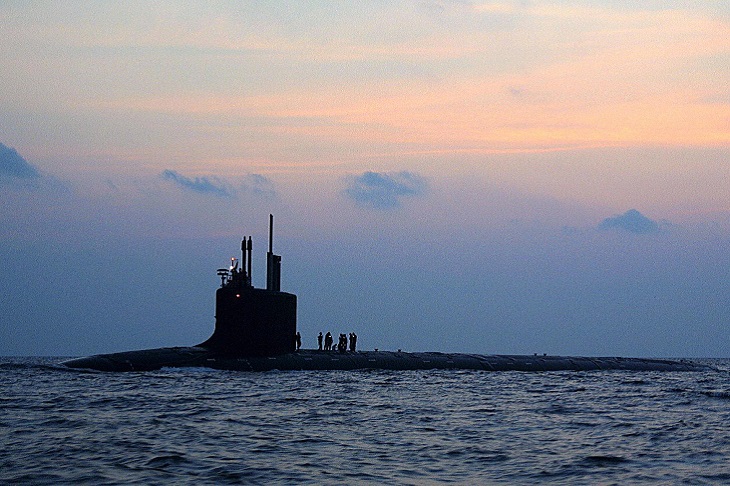
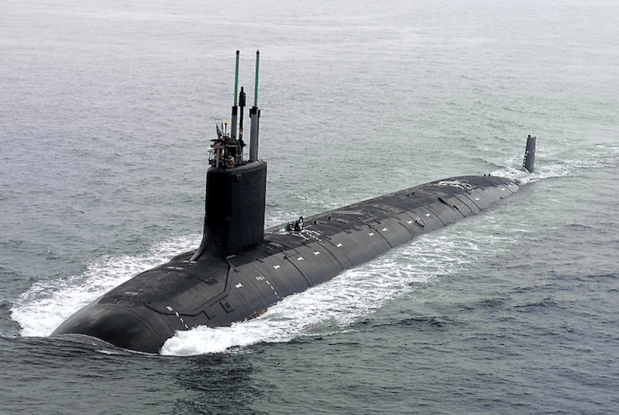

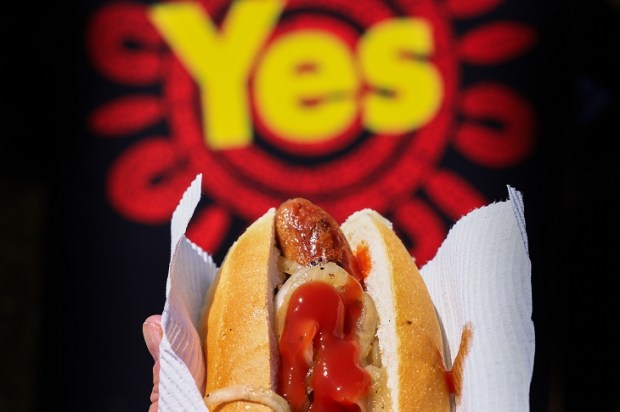
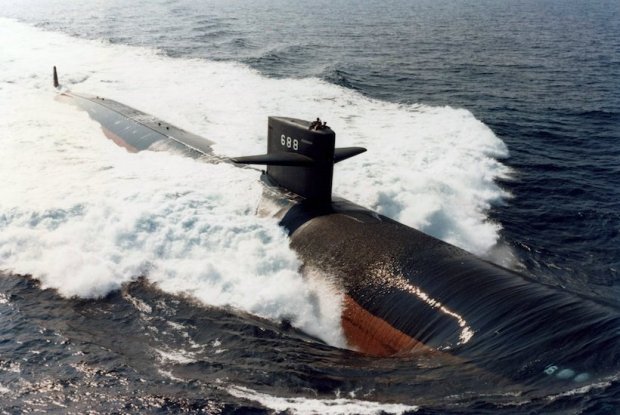
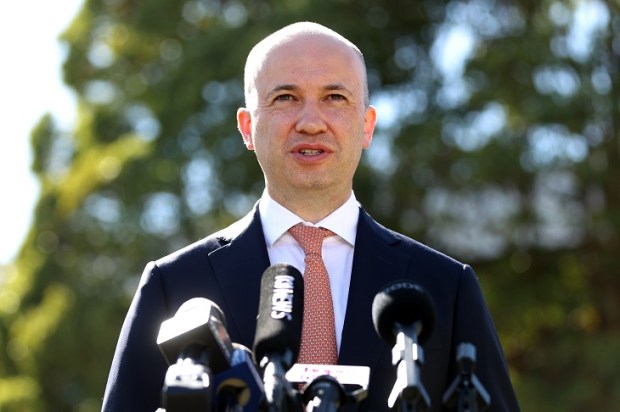



















Comments
Don't miss out
Join the conversation with other Spectator Australia readers. Subscribe to leave a comment.
SUBSCRIBEAlready a subscriber? Log in